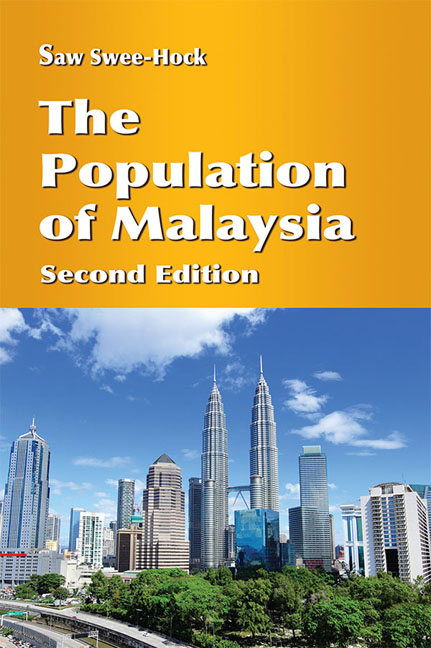Book contents
- Frontmatter
- Contents
- List of Tables
- List of Figures
- Foreword
- Preface
- 1 Introduction
- 2 External Migration
- 3 Internal Migration
- 4 Ethnic and Religious Patterns
- 5 Population Growth and Distribution
- 6 Population Structure
- 7 Nuptiality Trends and Patterns
- 8 Fertility Trends and Differentials
- 9 Mortality Trends and Differentials
- 10 Labour Force
- 11 Future Population Trends
- Bibliography
- Index
4 - Ethnic and Religious Patterns
Published online by Cambridge University Press: 19 May 2017
- Frontmatter
- Contents
- List of Tables
- List of Figures
- Foreword
- Preface
- 1 Introduction
- 2 External Migration
- 3 Internal Migration
- 4 Ethnic and Religious Patterns
- 5 Population Growth and Distribution
- 6 Population Structure
- 7 Nuptiality Trends and Patterns
- 8 Fertility Trends and Differentials
- 9 Mortality Trends and Differentials
- 10 Labour Force
- 11 Future Population Trends
- Bibliography
- Index
Summary
The large inflow of immigrants from China and South Asia during the British colonial period has led to the emergence of a multiracial population that has persisted until today. Since the immigrants brought with them their religious practices different from the Bumiputera's, the population also became multi-religious in character. The close identification of ethnicity with religion reinforced the sharp divide between the different ethnic communities in the country. Some difficulties and challenges have always been encountered in the collection and presentation of statistics on ethnicity and religion, and they will be discussed in their respective sections.
The collection of information on ethnicity has assumed greater significance in recent years since it exerts a major influence on the formulation and monitoring of government policies and programmes designed to eliminate the identification of race with economic activities. Undoubtedly, ethnic data compiled from the census would be essential for a fuller understanding of the country's demographics in view of the influence of ethnicity on the various population characteristics. The item pertaining to race has always been included in the population censuses conducted in Malaysia, though some changes in the definition and presentation of the statistics have been introduced over the years.
A better appreciation of the ethnic information requires an explanation of the definition of the different ethnic terminologies used in the population censuses. The definition of Chinese has always been quite clear-cut, referring to people of Chinese descent regardless of their country of birth or citizenship. The term Indians has not been consistently defined in past censuses, but it is now employed to refer to persons from the Indian subcontinent such as Indians, Pakistanis, Bangladeshis, and Sri Lankans. The definition, also disregarding citizenship or birthplace, makes sense because these people display fairly common social and cultural traits, and hence similar demographic characteristics.
The term Bumiputera was introduced in the pan-Malaysia Censuses to accommodate the emergence of a large variety of indigenous communities after the creation of Malaysia in 1963. The Bumiputera group is now divided into Malays and Other Bumiputera in most of the tables presented in the census reports. The latter refers mainly to the Orang Asli in West Malaysia and the numerous small indigenous tribes in Sabah and Sarawak.
- Type
- Chapter
- Information
- The Population of Malaysia , pp. 61 - 77Publisher: ISEAS–Yusof Ishak InstitutePrint publication year: 2015



